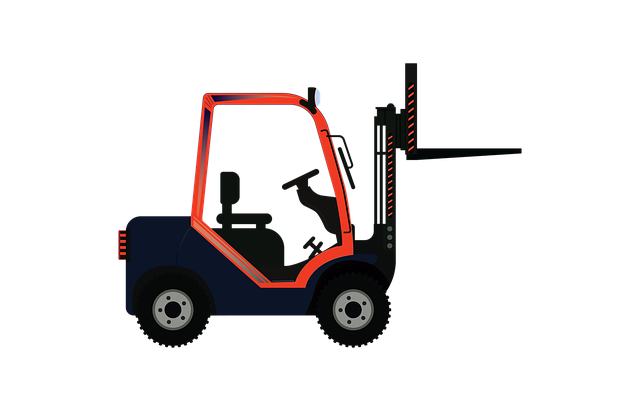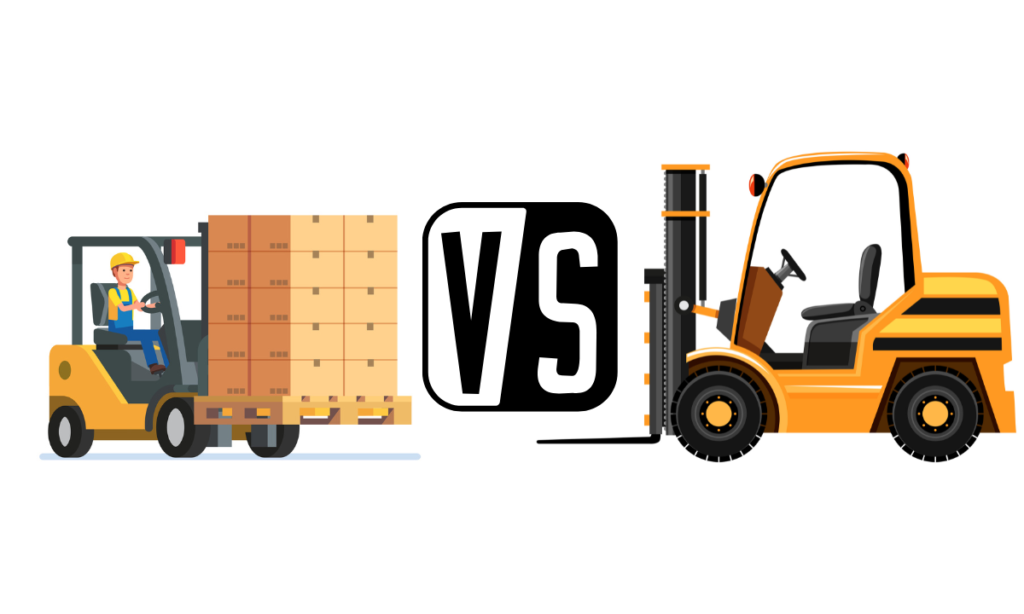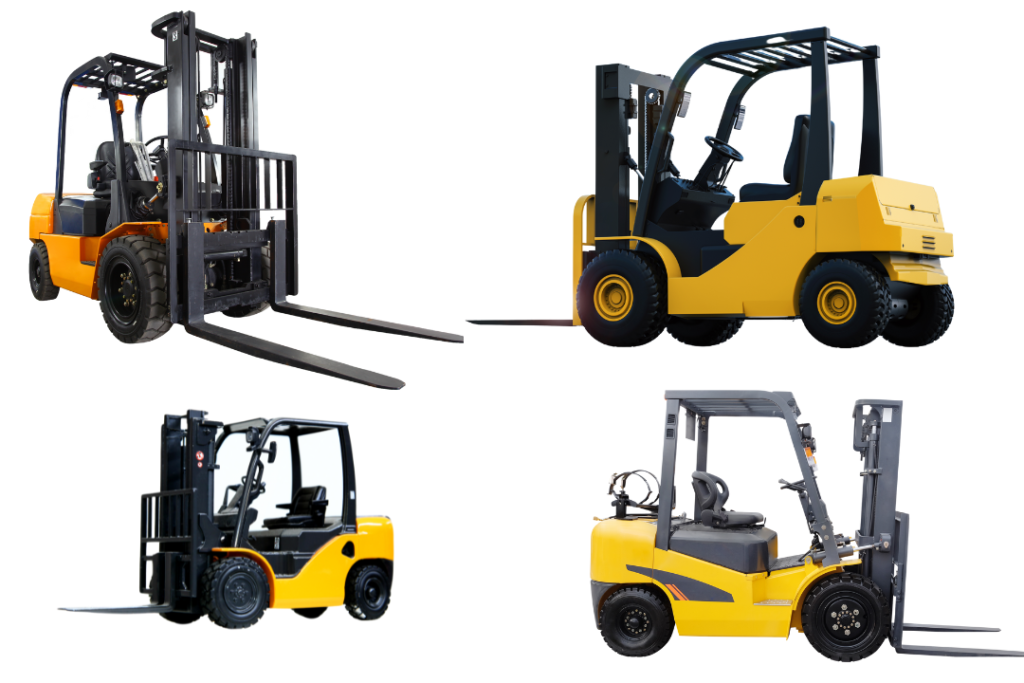A three-stage forklift, also known as a triplex mast, is a type of forklift configuration that features three sections or stages in its mast structure. The mast is the vertical assembly on the front of the forklift that enables the lifting and lowering of loads. Each stage of the triplex mast serves a specific purpose in facilitating the forklift’s ability to reach different heights during material handling operations.
The key characteristics of a three-stage forklift mast are as follows:
Base Stage:
- The base stage of the mast is typically fixed and does not move during the lifting process.
- It provides stability and structural support to the entire mast assembly.
Intermediate Stage:
- The intermediate stage is a movable section that can be extended or retracted, allowing for additional lift height.
- This stage contributes to the overall flexibility of the forklift, enabling it to handle loads at various heights.
Top Stage:
- The top stage is the final segment of the mast and is responsible for carrying the forks or other material-handling attachments.
- It can be raised and lowered independently of the intermediate stage, providing the forklift with its maximum lift height.
Learn More : What is the difference between a Class 2 and a Class 3 forklift forks?
Advantages of a Three-Stage Forklift Mast:
Versatility:
The triplex mast design offers versatility in handling loads at different heights, making it suitable for a variety of warehouse applications.
Greater Lift Heights:
Compared to forklifts with fewer mast stages, a three-stage mast allows for higher lift heights, which is particularly beneficial in warehouse settings where tall storage racks are common.
Free Lift Capability:
Many three-stage masts provide a feature known as free lift, allowing the operator to raise the forks without an increase in the overall mast height. This is advantageous when working in areas with low overhead clearance.
Efficient Material Handling:
The ability to reach significant heights with a three-stage mast enhances the forklift’s efficiency in tasks such as stacking and retrieving goods from elevated storage locations.
Common in Warehousing:
Triplex masts are commonly found in forklifts used for warehouse operations due to their adaptability to various lifting requirements within the confined spaces of a warehouse.
In summary, a three-stage forklift mast provides enhanced flexibility and lift height capabilities, making it a popular choice for businesses engaged in material handling, especially in warehouse environments. The triplex mast design allows for efficient and versatile operation, contributing to the overall productivity of the forklift in a range of applications.
Learn More : Choosing the Right Forklift Mast: A Comprehensive Guide for Businesses



